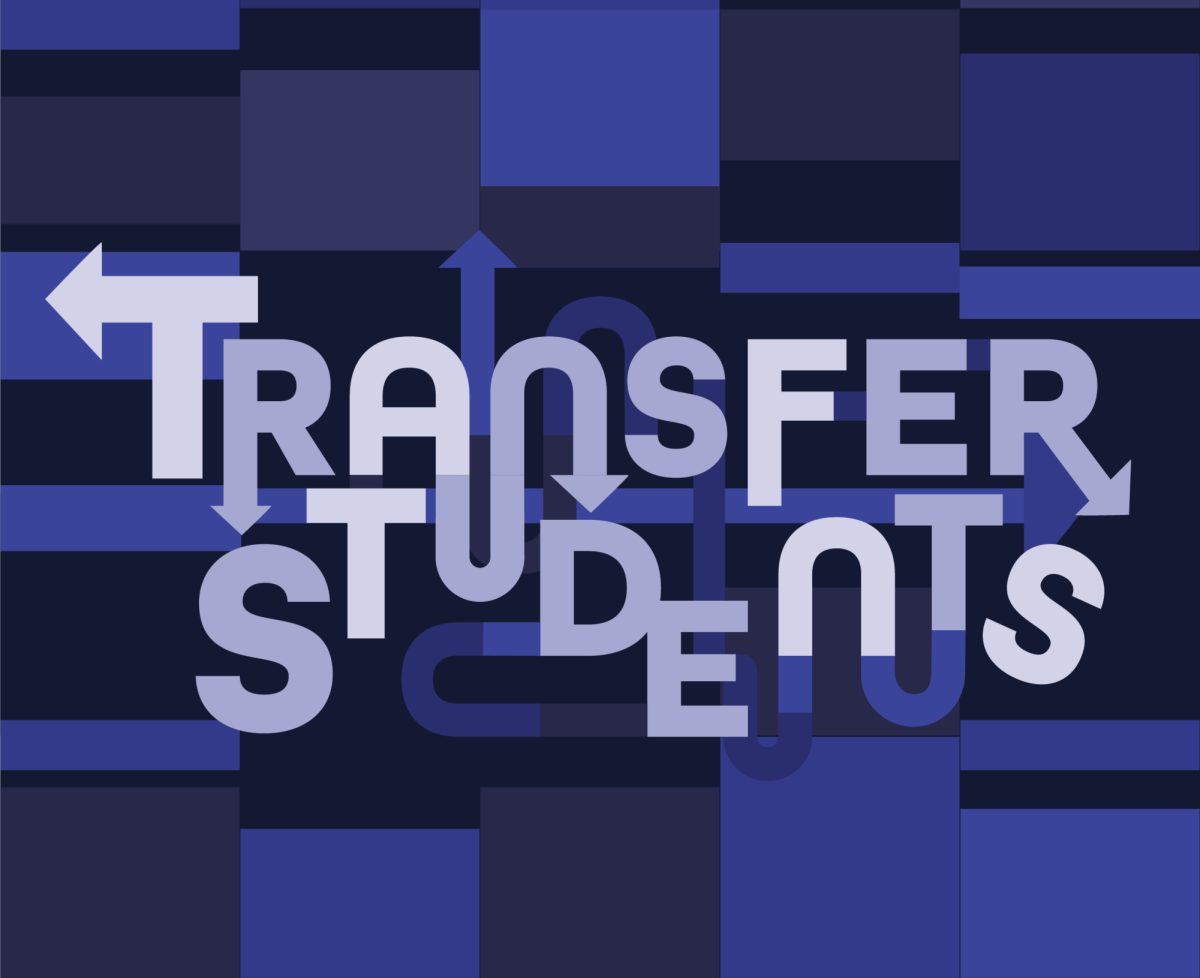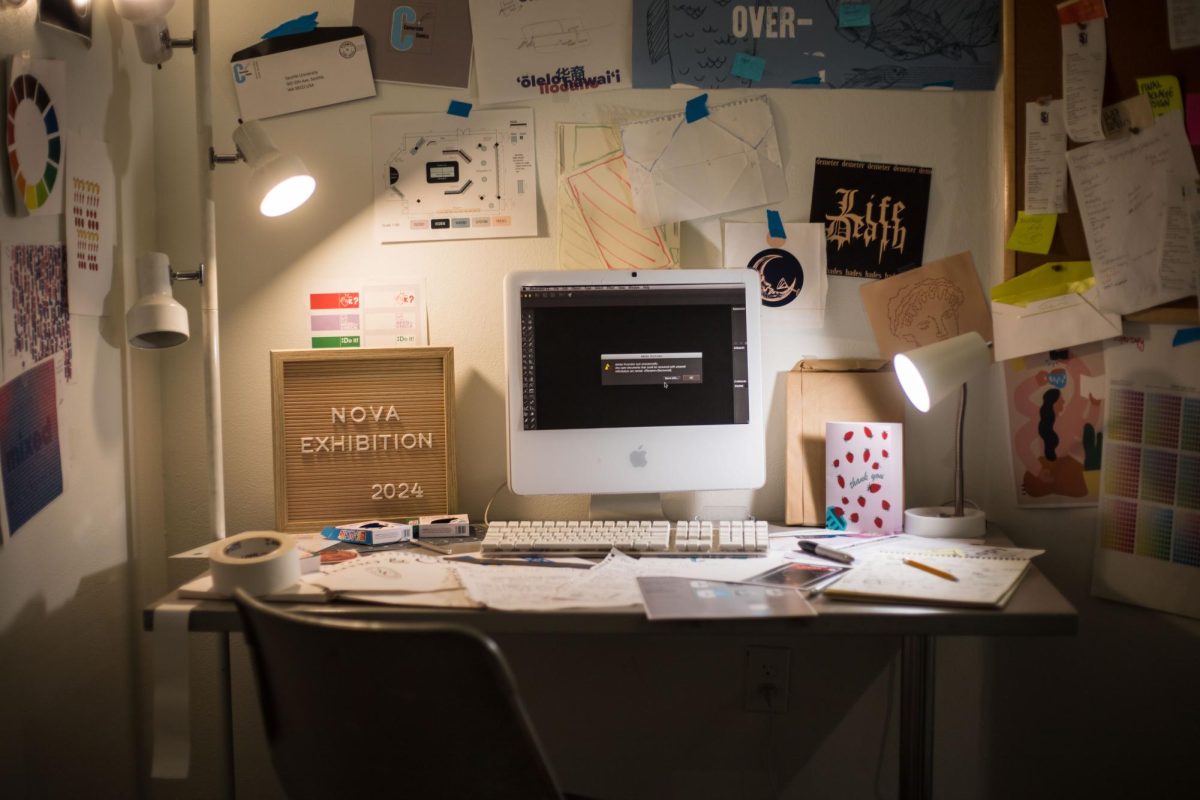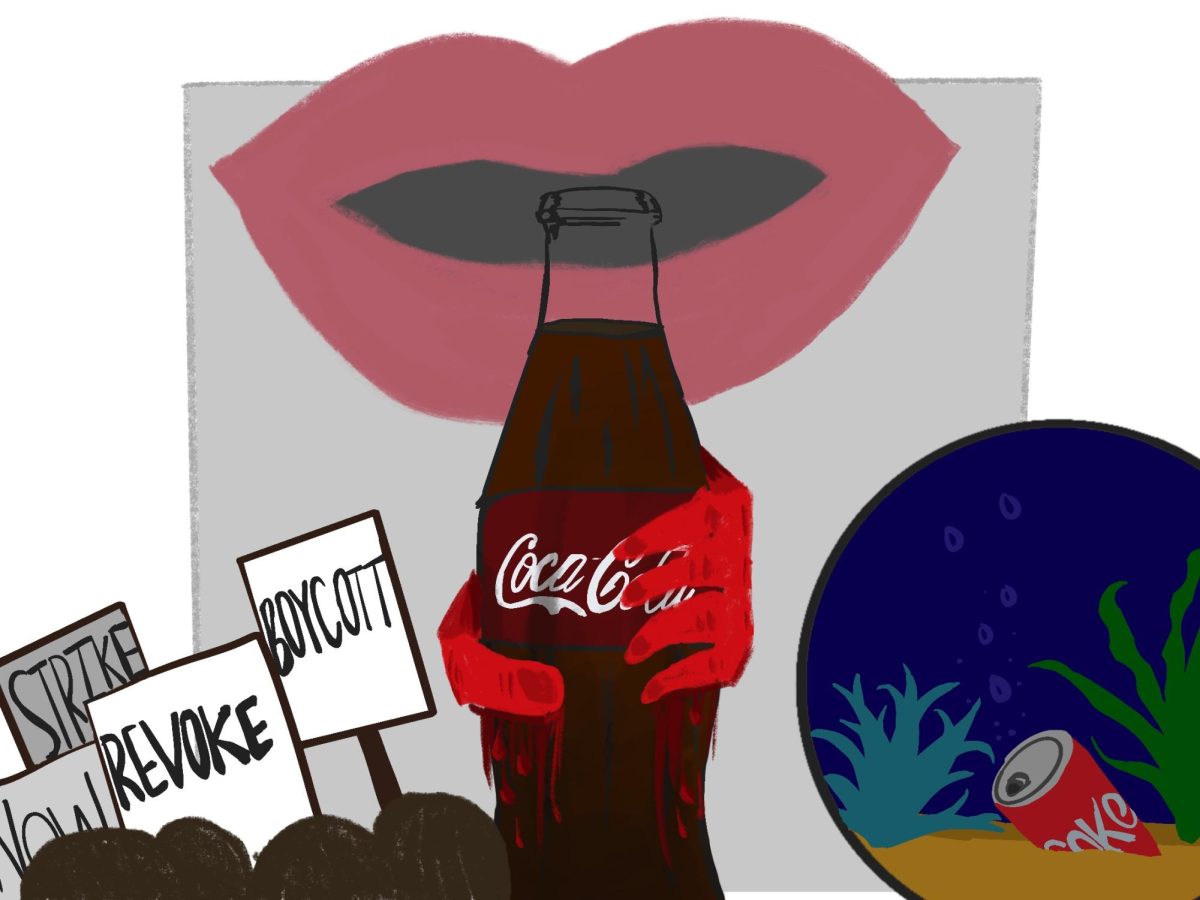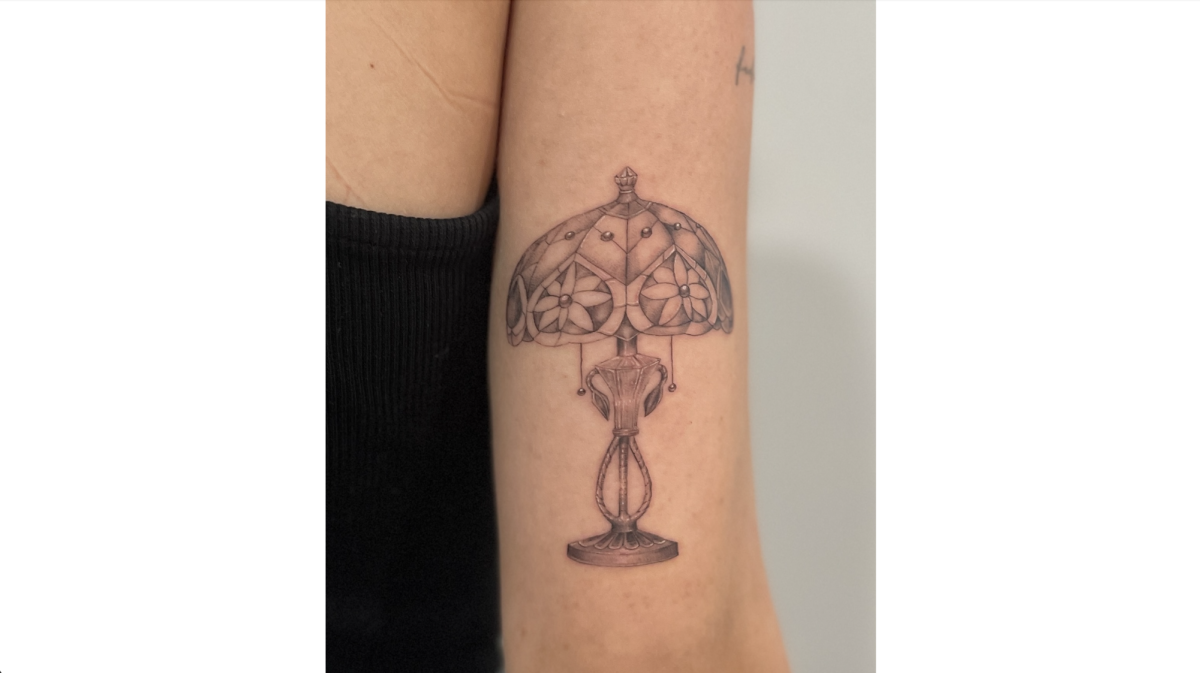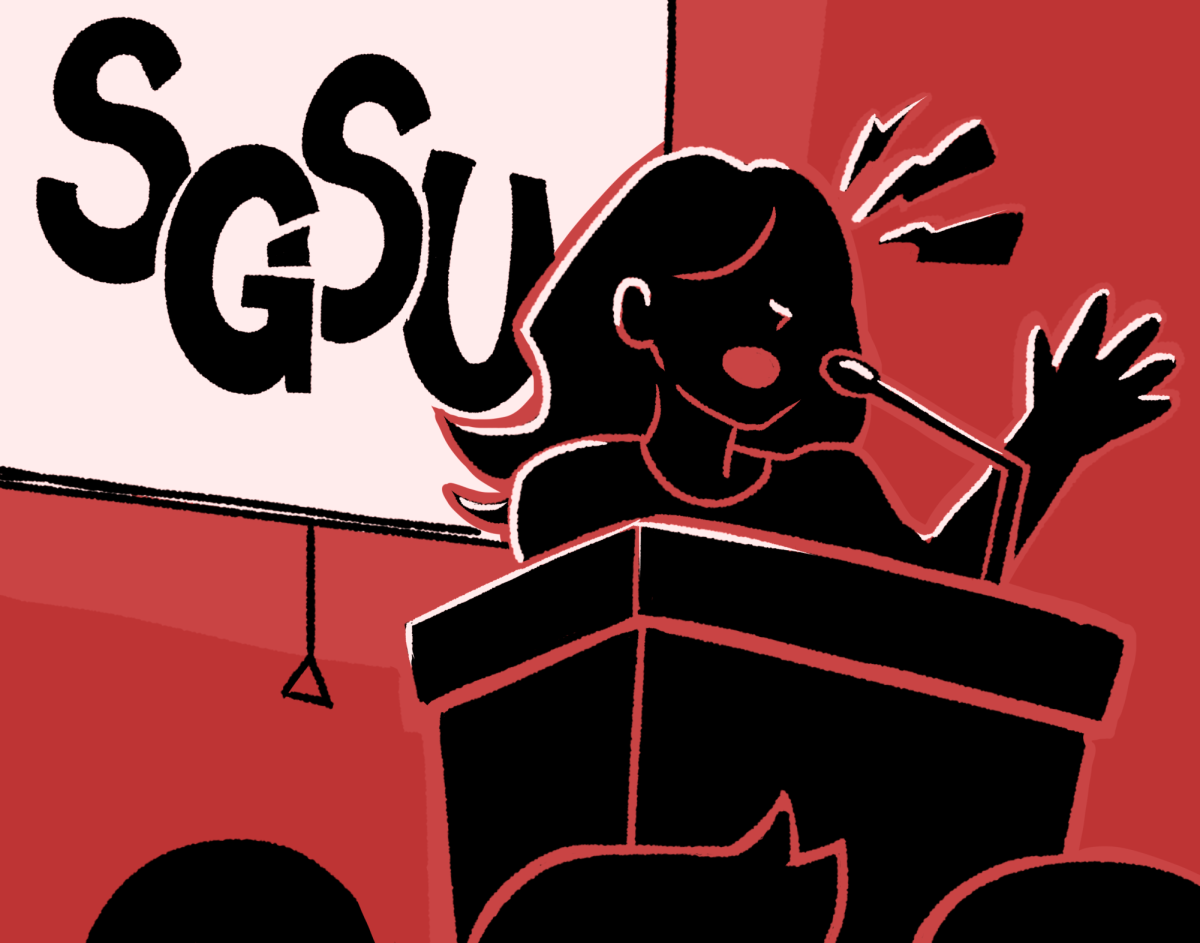As the incoming class of 2027 embarks on their first year at Seattle University, alongside recent high school graduates, transfer students from around the globe are becoming part of the campus community.
Katie O’Brien, senior assistant director of admissions and marketing, commented on the significant number of transfer students on campus, as nearly a quarter of this year’s incoming students are transfer students.
“This fall, we have over 300 new transfer students joining our community, which means about 24% of our new community members this year started their college experience elsewhere,” O’Brien wrote in a written statement to The Spectator. “Seattle University also has the largest transfer student population of any private university in Washington state.”
One such student is Riley Zalbert, a third-year communication and media student transferring from Suffolk County Community College in New York. After spending two years at his community college, Zalbert expressed excitement toward embarking on a new chapter of his education, but was candid about the fears that accompany such anticipation.
“For me to go and start a whole new life… I think it’s going to be tough,” Zalbert said.
As Zalbert shared uncertainty regarding his first quarter at Seattle U, Assistant Director of Admissions and Transfer Recruitment Kari Berkas highlighted how transfer students are impacted by academic and social variables that may not always be apparent to other students.
“The transfer pathway may be unknown to those who haven’t been transfer students or known transfer students themselves, and this can lead to ambiguity or questions regarding the experience,” Berkas wrote.
“However, it is important to note that there are a wide variety of transfer pathways that students take, and no experience is the same. All transfer pathways provide valuable skills and perspectives that students contribute to their new colleges,” Berkas wrote.
The differing experiences of transfer students can make it difficult for four-year students to empathize with the struggles transfer students face, as the non-linear quality of academic journeys and social isolation can compound in a manner that is not experienced by non-transfer students.
Ryan Nimmick, a graduating social work major, completed a significant portion of their college credits while in high school and began their journey at Seattle U as a junior by credits, which led them to feel separated from their older peers.
“I don’t think four-year students realize how displacing it feels to be a transfer student. You don’t feel that you fit in with people your own age,” Nimmick said.
First-year students are often able to bond through taking similar classes or having parallel class schedules, but this opportunity for connectivity is not afforded to transfer students in the same way.
“[I felt] a disconnect from peers my own age. One of the main reasons why is because people like to talk about classes, it’s an easy way to make friends, but I never had to take any of those classes,” Nimmick said.
The logistical distance catalyzed by differing academic experiences can be amplified by age gaps between students, particularly those who began college early or late.
“I think transfer students just struggle to make friends. Even finding other transfer students is hard because most of the time they come in and go straight to whatever field they are studying, and you never really meet. Then most people in your cohort are older than you because they did the traditional years at college,” Nimmick said.
Kayla Downing, a third-year political science and business administration student, began her bachelor’s degree at Temple University in Philadelphia, leaving Temple at the end of her freshman year to attend Seattle U as a second-year.
Echoing Nimmick’s sentiments, Downing also felt a sense of detachment from students who had attended Seattle U since the beginning of their higher education, feeling left out from critical bonding that occurs towards the beginning of one’s college experience.
“There is a certain ‘freshman year trauma’ transfer students miss out on. There is no rush of moving in with hundreds of other students at the same time, orientation programs don’t quite feel designed for you, students in your year have established dynamics, relationships, and lore so it feels uncomfortable trying to join in on social activity,” Downing said. “There is a certain camaraderie that students who experienced their freshman year together have that transfer students simply aren’t a part of.”
Zoe Quach, a third-year biochemistry major, transferred to Seattle U after her freshman year at Creighton University in Nebraska. Despite having attended Seattle U for over a year, Quach still feels that her position as a transfer student distances her from her non-transfer peers.
“I don’t really feel connected to this university,” Quach said.
As a result of experiential discrepancies in individual’s academic journeys, some transfer students can feel a sense of shame, outwardly or inwardly, regarding their unique experiences.
“I think this stigma exists simply because there is something that doesn’t fit into the “normal” college experience people think of. Anything different always gets persecuted,” Nimmick said.
With transfer students often feeling secluded from the traditional college experience, the actions of four-year students can serve to greatly impact how they adjust to their new school and new social spheres.
Downing found the outreach of her peers to be deeply influential in creating a sense of belonging on campus, while learning about the college experiences of non-transfer students provided her with social and academic context.
“Inclusion is everything. Nothing meant more to me than being initially invited to lunch, or a Mariner’s game, or even a study session, especially in that first quarter here. Conversations about events I might have missed previously, hearing stories about classes I might potentially have, and receiving a lot of advice and insight was helpful for me, and closed that gap,” Downing said.
While acknowledging the hardships that come with being a transfer student, Berkas finds that transfer students are able to gain a richly nuanced sense of their education and peer interaction through their academic transitions.
“By attending different colleges, transfer students bring a great deal of adaptability, which is a quality that employers value,” Berkas wrote. “I consistently find that transfer students arrive at admissions advising appointments knowing exactly what they need to ask – their experiences have given them the skills to advocate for themselves and take action-oriented steps towards their goals.”
Along with the development of personal and professional skills, transferring can also allow students to compare and contrast the benefits of different academic institutions. Downing commented on the rare perspective she has as a result of being a student at both a large, public university and a small, private university.
“Coming from a big state school, although also in a city, I experienced a very different campus culture. Bigger classes, Greek life, quadruple the undergraduates, I have a basis for what other college experiences are like that non-transfers don’t have,” Downing said. “I don’t spend time wondering ‘what if I went to [a different school]’ — I can appreciate Seattle U fully, and really see all of its strengths.”
Nimmick’s college experience has been ‘non-traditional’ in many senses, but they believe that the differences of their experience do not diminish its inherent value. To incoming transfer students, Nimmick offered advice on how to take hold of the transfer experience.
“Don’t worry if you don’t fit into a typical college experience. If it works for you it works. Stay with your own goals and go at your own pace, you don’t need to do what everyone else is doing and you don’t need to care about what they say,” Nimmick said.
Downing also offered advice to incoming transfer students, encouraging them to make the most of the time they have in school.
“Don’t water yourself down just to fit in! It can be hard to find your footing or adjust to a new environment, but things will eventually settle down. Put yourself out there too!” Downing said.
Being a transfer student undoubtedly comes with many challenges different from those faced by non-transfer students. These difficulties can compound to make individuals feel socially isolated or separate from the University, but these factors do not negate the joy and unique benefits that can accompany being a transfer student.
With a new influx of transfer students for the 2023-2024 academic year, those such as Downing and Zalbert encourage non-transfer students to be understanding of the differences in their college experiences, and, above all, to greet transfer students with open arms and friendliness.
“Be kind to your transfer students, show them how to use the printers!” Downing said.






